3. Liu Y, Hao S, Yang B, Fan Y, Qin X, Chen Y, Hu J. 2017; Wnt/β-catenin signaling plays an essential role in α7 nicotinic receptor-mediated neuroprotection of dopaminergic neurons in a mouse Parkinson's disease model. Biochem Pharmacol. 140:115–123. DOI:
10.1016/j.bcp.2017.05.017. PMID:
28551099.

4. Vallée A, Lecarpentier Y. 2016; Alzheimer disease: crosstalk between the canonical Wnt/Beta-catenin pathway and PPARs alpha and gamma. Front Neurosci. 10:459. DOI:
10.3389/fnins.2016.00459. PMID:
27807401. PMCID:
PMC5069291.

5. Hoseth EZ, Krull F, Dieset I, Mørch RH, Hope S, Gardsjord ES, Steen NE, Melle I, Brattbakk HR, Steen VM, Aukrust P, Djurovic S, Andreassen OA, Ueland T. 2018; Exploring the Wnt signaling pathway in schizophrenia and bipolar disorder. Transl Psychiatry. 8:55. DOI:
10.1038/s41398-018-0102-1. PMID:
29507296. PMCID:
PMC5838215.

10. Luu HH, Zhang R, Haydon RC, Rayburn E, Kang Q, Si W, Park JK, Wang H, Peng Y, Jiang W, He TC. 2004; Wnt/beta-catenin signaling pathway as a novel cancer drug target. Curr Cancer Drug Targets. 4:653–671. DOI:
10.2174/1568009043332709. PMID:
15578921.
11. Cheng Y, Phoon YP, Jin X, Chong SY, Ip JC, Wong BW, Lung ML. 2015; Wnt-C59 arrests stemness and suppresses growth of nasopharyngeal carcinoma in mice by inhibiting the Wnt pathway in the tumor microenvironment. Oncotarget. 6:14428–14439. DOI:
10.18632/oncotarget.3982. PMID:
25980501. PMCID:
PMC4546477.

12. Proffitt KD, Madan B, Ke Z, Pendharkar V, Ding L, Lee MA, Hannoush RN, Virshup DM. 2013; Pharmacological inhibition of the Wnt acyltransferase PORCN prevents growth of WNT-driven mammary cancer. Cancer Res. 73:502–507. DOI:
10.1158/0008-5472.CAN-12-2258. PMID:
23188502.

13. Zhang J, Cai H, Sun L, Zhan P, Chen M, Zhang F, Ran Y, Wan J. 2018; LGR5, a novel functional glioma stem cell marker, promotes EMT by activating the Wnt/β-catenin pathway and predicts poor survival of glioma patients. J Exp Clin Cancer Res. 37:225. DOI:
10.1186/s13046-018-0864-6. PMID:
30208924. PMCID:
PMC6136228.

14. Koo BK, van Es JH, van den Born M, Clevers H. 2015; Porcupine inhibitor suppresses paracrine Wnt-driven growth of Rnf43;Znrf3-mutant neoplasia. Proc Natl Acad Sci U S A. 112:7548–7550. DOI:
10.1073/pnas.1508113112. PMID:
26023187. PMCID:
PMC4475934.

15. Madan B, Patel MB, Zhang J, Bunte RM, Rudemiller NP, Griffiths R, Virshup DM, Crowley SD. 2016; Experimental inhibition of porcupine-mediated Wnt O-acylation attenuates kidney fibrosis. Kidney Int. 89:1062–1074. DOI:
10.1016/j.kint.2016.01.017. PMID:
27083283. PMCID:
PMC4834146.

16. Dong Q, Jie Y, Ma J, Li C, Xin T, Yang D. 2021; Wnt/β-catenin signaling pathway promotes renal ischemia-reperfusion injury through inducing oxidative stress and inflammation response. J Recept Signal Transduct Res. 41:15–18. DOI:
10.1080/10799893.2020.1783555. PMID:
32580617.

17. Deng J, Miller SA, Wang HY, Xia W, Wen Y, Zhou BP, Li Y, Lin SY, Hung MC. 2002; beta-catenin interacts with and inhibits NF-kappa B in human colon and breast cancer. Cancer Cell. 2:323–334. DOI:
10.1016/S1535-6108(02)00154-X. PMID:
12398896.
18. Kim JH, Kim B, Cai L, Choi HJ, Ohgi KA, Tran C, Chen C, Chung CH, Huber O, Rose DW, Sawyers CL, Rosenfeld MG, Baek SH. 2005; Transcriptional regulation of a metastasis suppressor gene by Tip60 and beta-catenin complexes. Nature. 434:921–926. DOI:
10.1038/nature03452. PMID:
15829968.
19. Sun J, Hobert ME, Duan Y, Rao AS, He TC, Chang EB, Madara JL. 2005; Crosstalk between NF-kappaB and beta-catenin pathways in bacterial-colonized intestinal epithelial cells. Am J Physiol Gastrointest Liver Physiol. 289:G129–G137. DOI:
10.1152/ajpgi.00515.2004. PMID:
15790758.
21. Jang J, Jung Y, Kim Y, Jho EH, Yoon Y. 2017; LPS-induced inflammatory response is suppressed by Wnt inhibitors, Dickkopf-1 and LGK974. Sci Rep. 7:41612. DOI:
10.1038/srep41612. PMID:
28128299. PMCID:
PMC5269682.

22. Livak KJ, Schmittgen TD. 2001; Analysis of relative gene expression data using real-time quantitative PCR and the 2(-Delta Delta C(T)) Method. Methods. 25:402–408. DOI:
10.1006/meth.2001.1262. PMID:
11846609.
23. Li J, Zhang D, Ward KM, Prendergast GC, Ayene IS. 2012; Hydroxyethyl disulfide as an efficient metabolic assay for cell viability in vitro. Toxicol In Vitro. 26:603–612. DOI:
10.1016/j.tiv.2012.01.007. PMID:
22321380. PMCID:
PMC3327773.

24. Seo E, Jho EH. 2007; Axin-independent phosphorylation of APC controls beta-catenin signaling via cytoplasmic retention of beta-catenin. Biochem Biophys Res Commun. 357:81–86. DOI:
10.1016/j.bbrc.2007.03.117. PMID:
17418091.
25. Cadigan KM, Liu YI. 2006; Wnt signaling: complexity at the surface. J Cell Sci. 119(Pt 3):395–402. DOI:
10.1242/jcs.02826. PMID:
16443747.

27. Ivanenkov YA, Balakin KV, Lavrovsky Y. 2011; Small molecule inhibitors of NF-kB and JAK/STAT signal transduction pathways as promising anti-inflammatory therapeutics. Mini Rev Med Chem. 11:55–78. DOI:
10.2174/138955711793564079. PMID:
21034406.
28. Ma B, van Blitterswijk CA, Karperien M. 2012; A Wnt/β-catenin negative feedback loop inhibits interleukin-1-induced matrix metalloproteinase expression in human articular chondrocytes. Arthritis Rheum. 64:2589–2600. DOI:
10.1002/art.34425. PMID:
22328140.

29. Choi YS, Hur J, Jeong S. 2007; Beta-catenin binds to the downstream region and regulates the expression C-reactive protein gene. Nucleic Acids Res. 35:5511–5519. DOI:
10.1093/nar/gkm547. PMID:
17704137. PMCID:
PMC2018623.
30. Choi YS, Hur J, Lee HK, Jeong S. 2009; The RNA aptamer disrupts protein-protein interaction between beta-catenin and nuclear factor-kappaB p50 and regulates the expression of C-reactive protein. FEBS Lett. 583:1415–1421. DOI:
10.1016/j.febslet.2009.04.002. PMID:
19358846.
31. Koopmans T, Eilers R, Menzen M, Halayko A, Gosens R. 2017; β-catenin directs nuclear factor-κB p65 output via CREB-binding protein/p300 in human airway smooth muscle. Front Immunol. 8:1086. DOI:
10.3389/fimmu.2017.01086. PMID:
28943877. PMCID:
PMC5596077.

32. Jang J, Ha JH, Chung SI, Yoon Y. 2014; β-catenin regulates NF-κB activity and inflammatory cytokine expression in bronchial epithelial cells treated with lipopolysaccharide. Int J Mol Med. 34:632–638. DOI:
10.3892/ijmm.2014.1807. PMID:
24938929.

33. Subhan MA, Torchilin VP. 2020; siRNA based drug design, quality, delivery and clinical translation. Nanomedicine. 29:102239. DOI:
10.1016/j.nano.2020.102239. PMID:
32544449.


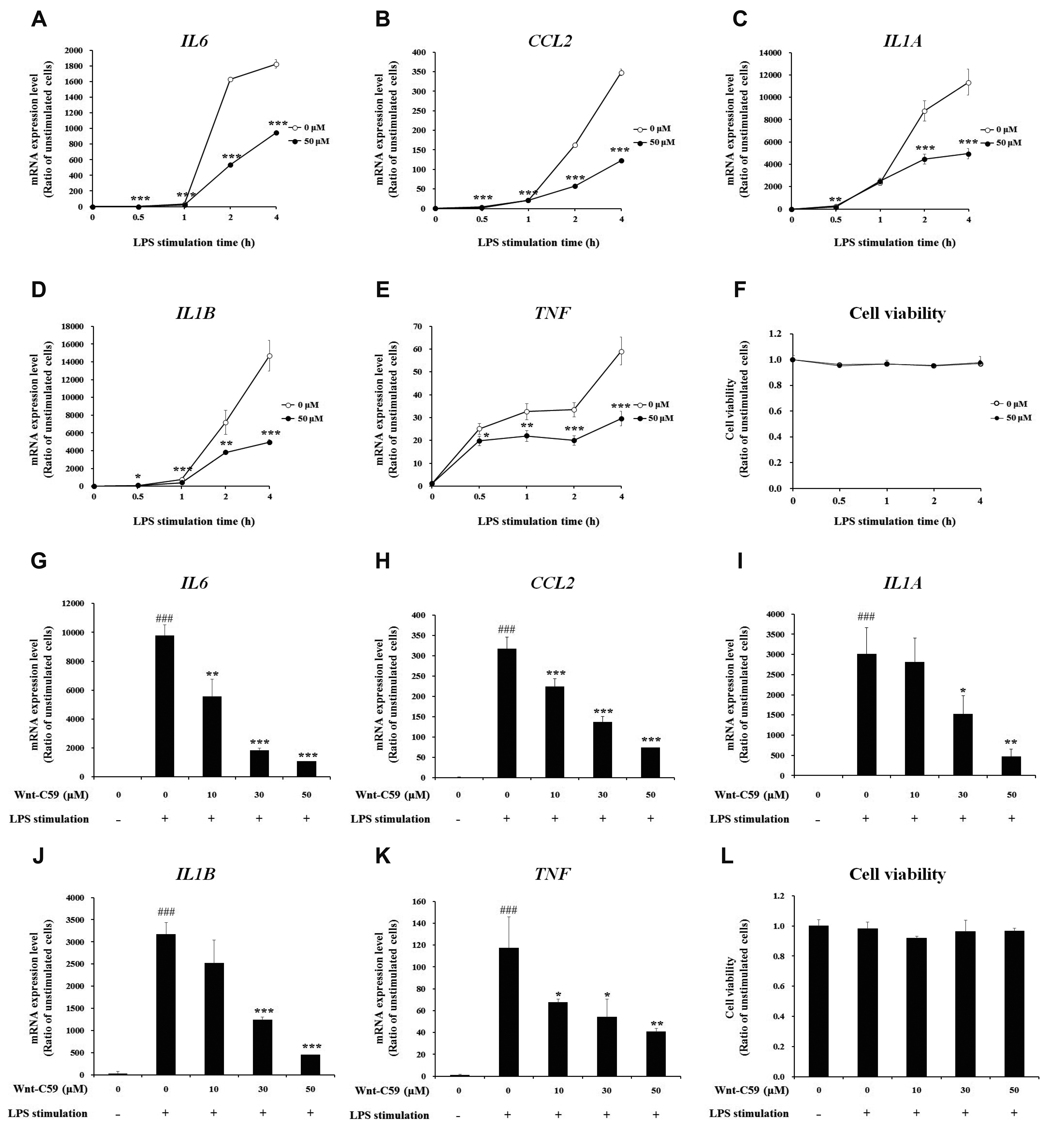


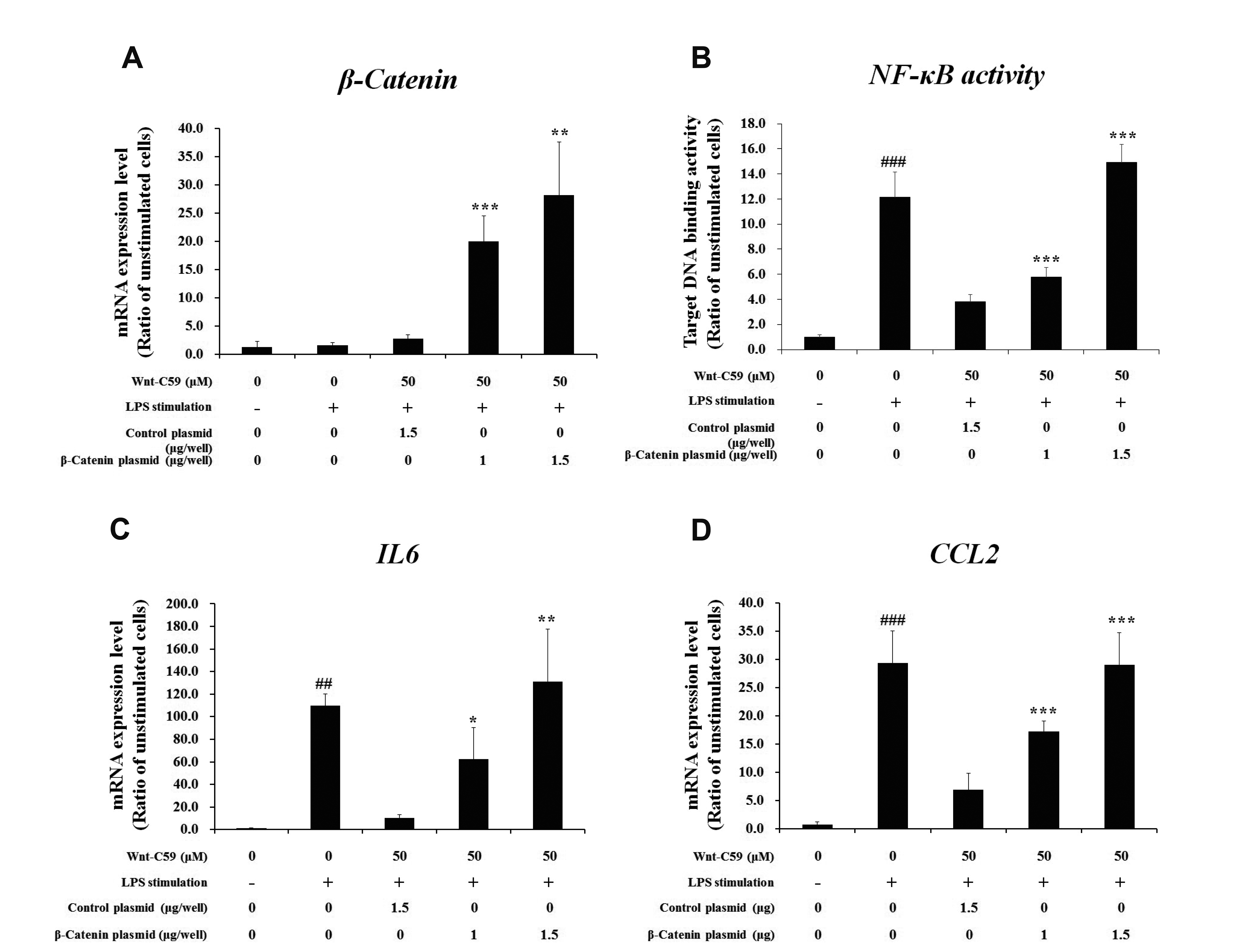

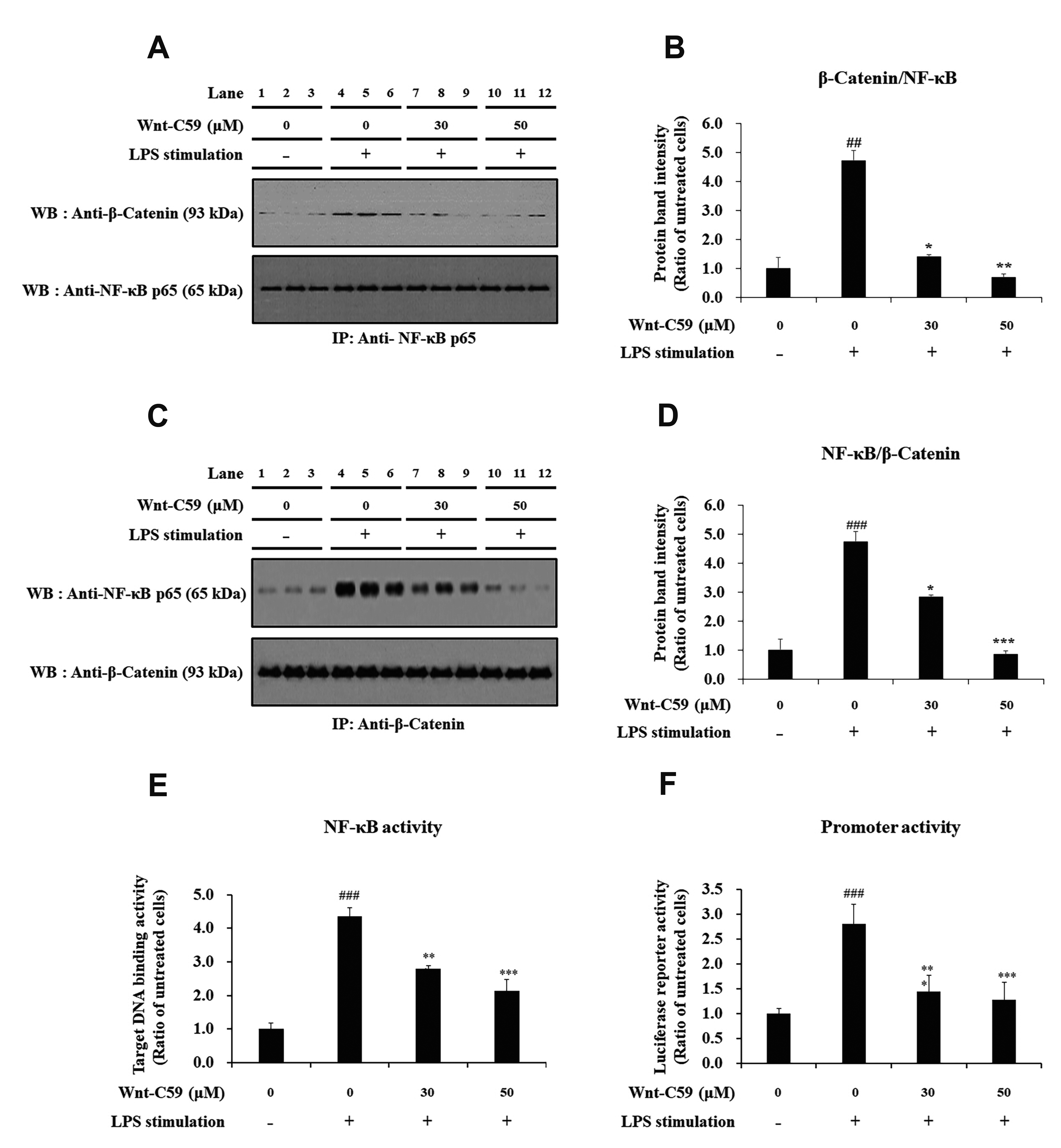
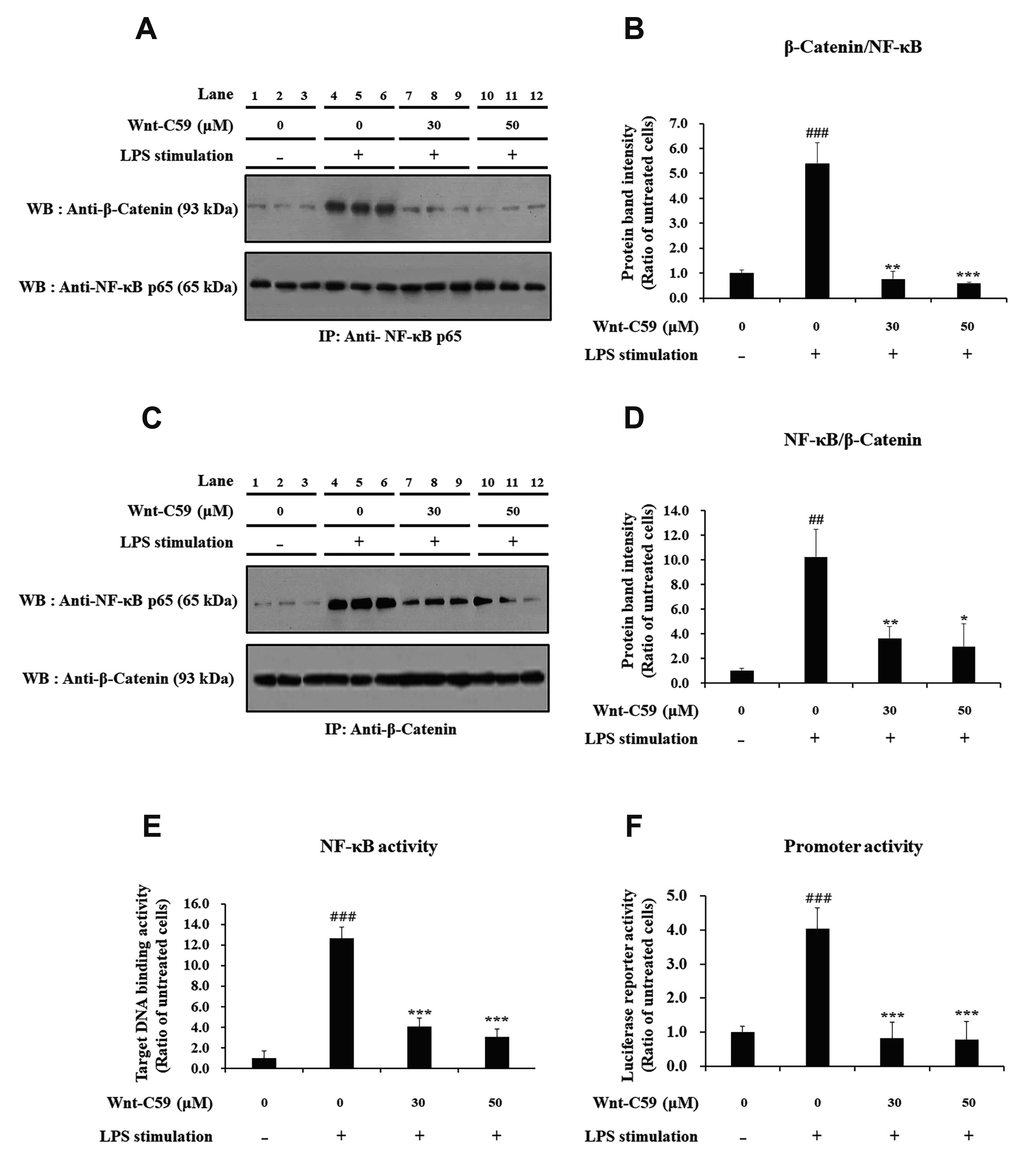
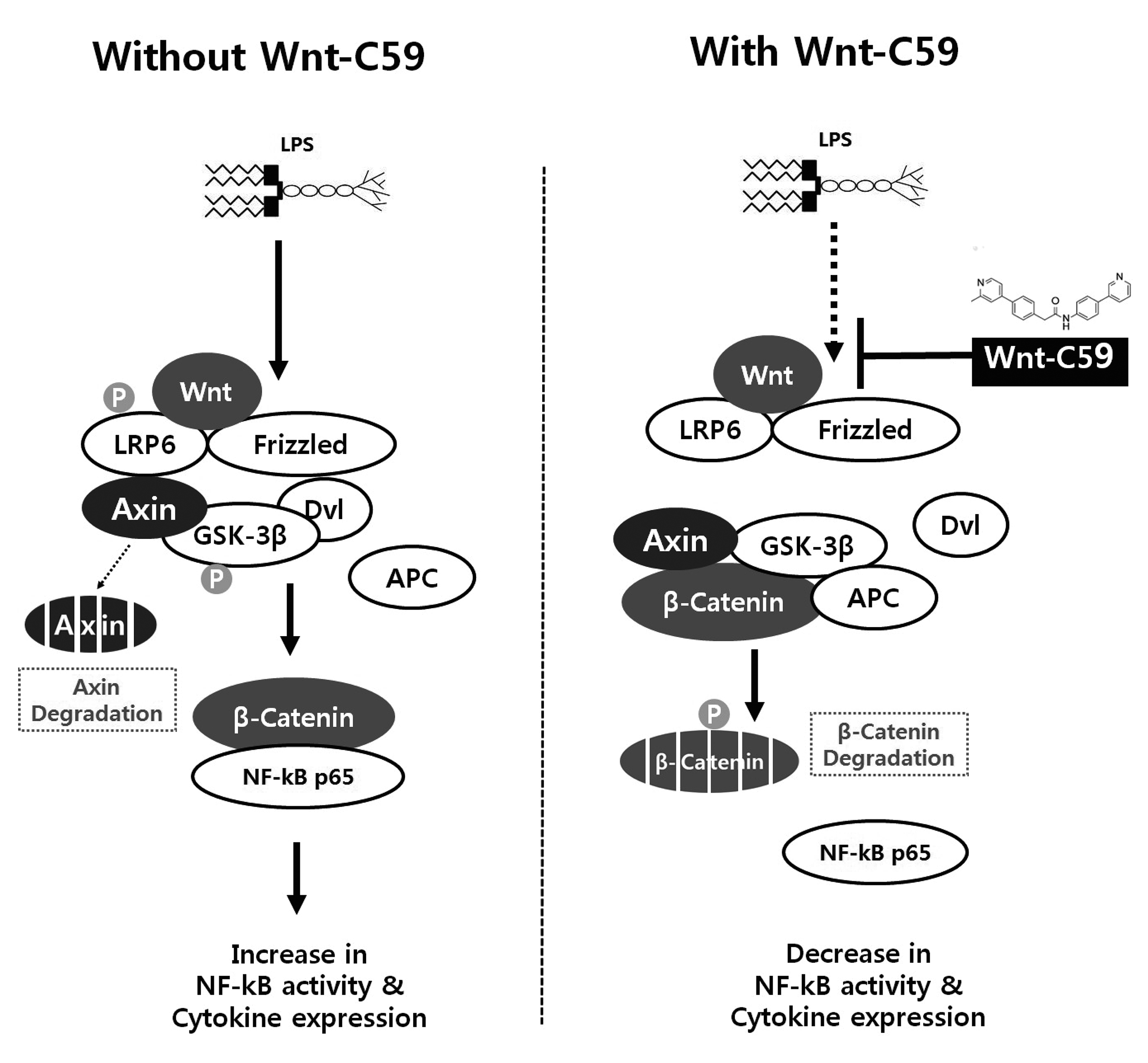




 PDF
PDF Citation
Citation Print
Print


 XML Download
XML Download